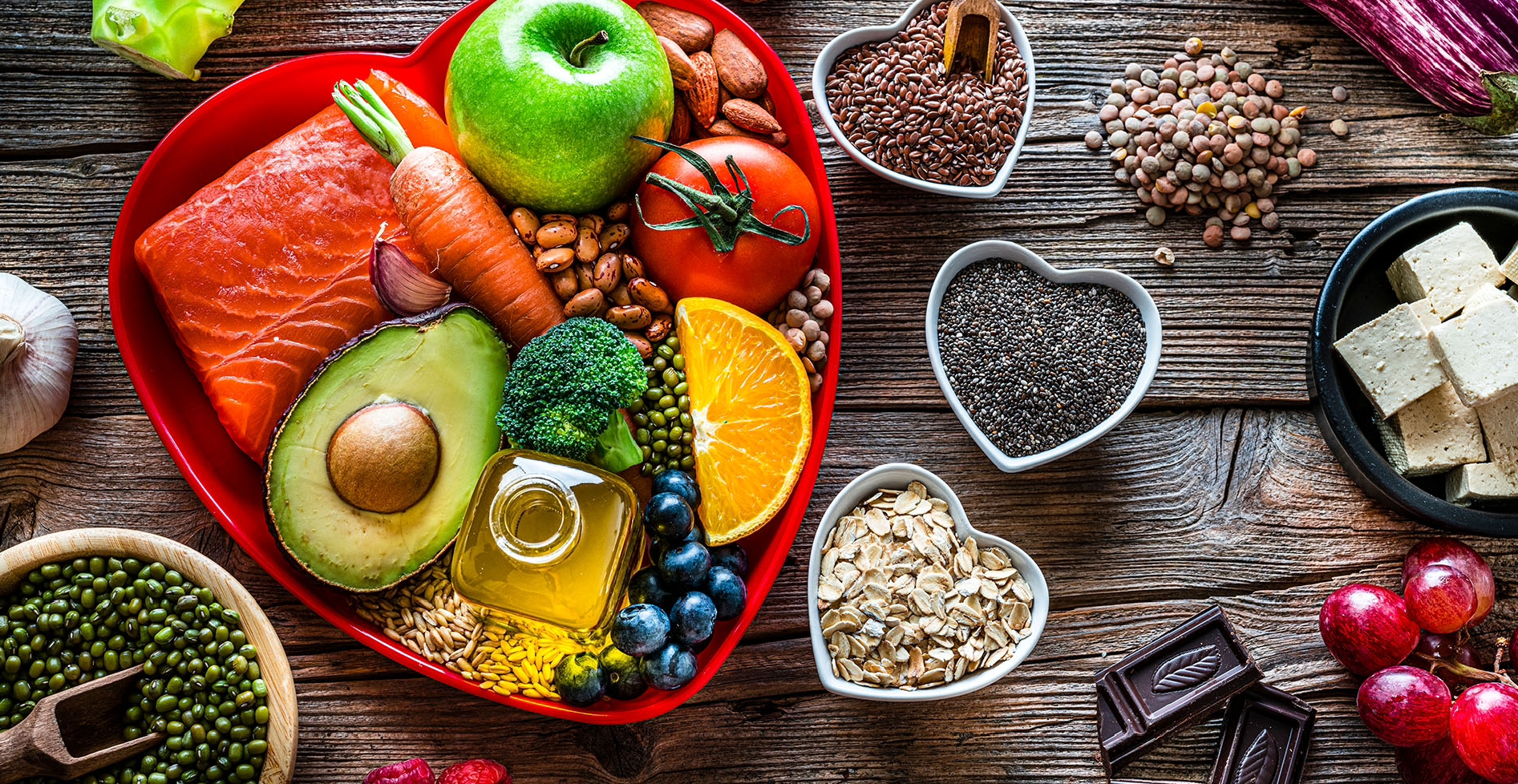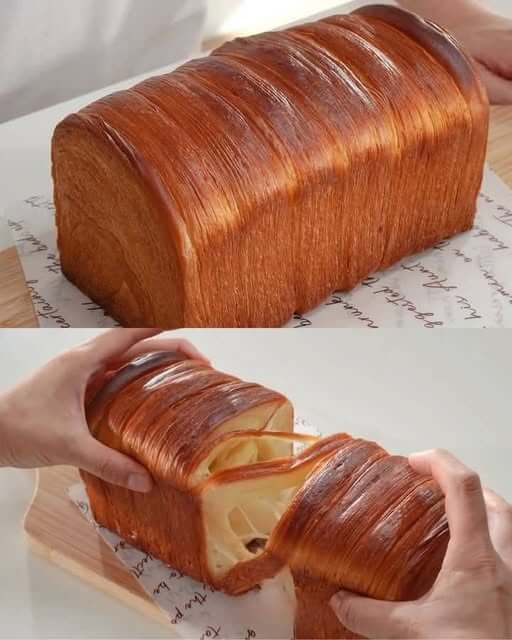Buttery Layered Bread
This soft, somewhat flaky buttery layered bread can be eaten with a variety of spreads or on its own. Its delicate texture, buttery flavor, and sensitive layers make it a delicious accompaniment to any meal or morning coffee. From mixing the dough to shaping and baking this lovely bread, we’ll show you how. The dough takes time to rise, but it’s worth it.
Ingredients:
As for dough:
3 1/2 cups all-purpose flour (plus dusting)
1 packet (2 1/4 tsp) active dry yeast
1 cup lukewarm whole milk
1/4 cup sugar
For dough, 1/4 cup unsalted butter, softened
Two teaspoons salt
2 big room-temperature eggs
Grease with 1 tablespoon vegetable oil
As for butter layers:
1 cup room-temperature unsalted butter
1 tbsp all-purpose flour
1 tsp sugar
1/2 tsp salt
For brushing:
1 tablespoon melted unsalted butter (for bread topping)
Sprinkling sea salt after baking is optional.
Equipment:
Standing mixer with dough hook (optional but helps)
– Rolling pin – 9×5-inch loaf pan
Cover dough with a clean kitchen towel or plastic wrap.
Butter-brush pastry brush
Baking sheet (for butter spills)
Instructions:
Activate yeast
Start with yeast activation. Stir lukewarm milk and sugar in a small bowl until sugar dissolves. Sprinkle active dry yeast on milk mixture. Wait 5-10 minutes for the yeast to froth and bubble. This is necessary to activate the yeast and make the dough rise.
Dough mixing
Mix flour and salt in a large bowl or stand mixer bowl. Combine activated yeast, softened butter, and eggs. Use a dough hook in a stand mixer and mix on low for 5 minutes. If combining by hand, mix the ingredients with a wooden spoon and knead the dough for 8–10 minutes on a floured surface.
Soft, slightly tacky, but not sticky dough is ideal. If the dough is too wet, add a tablespoon or two of flour; if too dry, add a splash of milk. Kneading should leave dough smooth and elastic.
First rise (1h)
Form the dough into a ball and lightly grease the bowl to prevent sticking. Cover the dough with a clean kitchen towel or plastic wrap in the bowl. Let the dough rise in a warm area for an hour until it doubles in size.
Butter layer preparation
Prepare the bread butter layer as the dough rises. Mix softened butter, flour, sugar, and salt in a small bowl. Stir with a spatula or whisk until smooth. Later, this mixture will be placed on dough to make layers.
Dough shaping
Punch the dough lightly to deflate it after rising. Move the dough to a clean, lightly floured surface. Roll it into a 12×18-inch rectangle. Dough should be 1/4 inch thick.
Spread the butter mixture evenly over the dough, leaving a 1-inch border. After spreading butter, fold dough in thirds like a letter. Butter will separate three dough layers.
Rolling and folding dough (lamination)
Flip the dough 90 degrees to face you after folding. Reroll into a large rectangle (12×18 inches). Fold the dough again in thirds. Repeat rolling and folding twice more (3 folds). This gives bread its flaky, buttery layers. If necessary, chill the dough for 15 minutes after the final fold before shaping it into a loaf.
Shape the loaf
Roll out the dough again into a 12×12-inch square after chilling or resting. Cleanly cut the dough into 9 equal squares with a pizza cutter. Layer each square in the loaf pan. Although the dough may look irregular, the layers will shape beautifully after baking.
Brush melted butter on the dough stack and loosely cover the pan with plastic wrap. Wait another 30 minutes until the dough has risen to nearly the top of the loaf pan.
Bake
Heat the oven to 350°F (175°C). Bake the loaf pan on the middle rack once the dough rises again. The bread should be golden brown and hollow when tapped after 30–35 minutes. Fully baked bread should reach 190°F (88°C).
Avoid overbrowning by gently covering the top with aluminum foil in the last 10-15 minutes of baking.
Serve cool.
Remove the bread from the oven and allow it cool for 10 minutes in the pan. Place the bread on a wire rack to finish cooling. Serve the bread warm with butter, honey, or jam for optimal results.
Notes and Tips:
Softened butter should be used in dough and butter layers. Room-temperature butter mixes well into dough and makes nicer rolling layers.
Kneading by hand:
You may knead dough by hand without a stand mixer. Kneading the dough until soft, smooth, and elastic takes 8-10 minutes. Better bread texture comes from extra kneading.
Hot milk kills yeast, so keep it warm. After 10 minutes, the yeast may be expired, so start over with a new packet.
Layering dough:
Roll and fold gently to avoid squeezing out all the butter. Flaky texture requires butter layers.
Taste variations:
Add herbs like rosemary or thyme, garlic, or cinnamon and sugar for a sweet version to the butter layers.
Leftover bread can be stored in an airtight container at room temperature for two days. Bread can be frozen for three months after cooling. Wrap it in foil and reheat in a 350°F (175°C) oven for 10-15 minutes.
Prep option:
You can prepare the dough till loaf shape if you want to prep ahead. Keep it tightly covered in the fridge overnight. The dough rises slowly in the fridge, so shape and bake it the next day.
This buttery layered bread will become a family favorite. The creamy butter layers make this bread delicate and flaky, suitable for big occasions and informal breakfasts. Happy baking!

